With over 18,000 islands and the largest coral reef system in the world, Indonesia is a dream for divers. But the abundance of diving locations can be a double-edged sword. The challenge isn’t finding great spots; it’s choosing the right one.
For divers, the fear of missing out on the best diving spots can be real, especially when the options are endless.
Instead of wasting time on less-than-ideal sites, let us guide you to the cream of the crop. In this article, we’ve narrowed down the top 8 diving destinations in Indonesia, with the most rewarding underwater landscapes this beautiful country has to offer.
Ready to discover the best of what Indonesia’s seas hold?
Table of Content
Indonesia’s Best Diving Spots
1. Komodo National Park
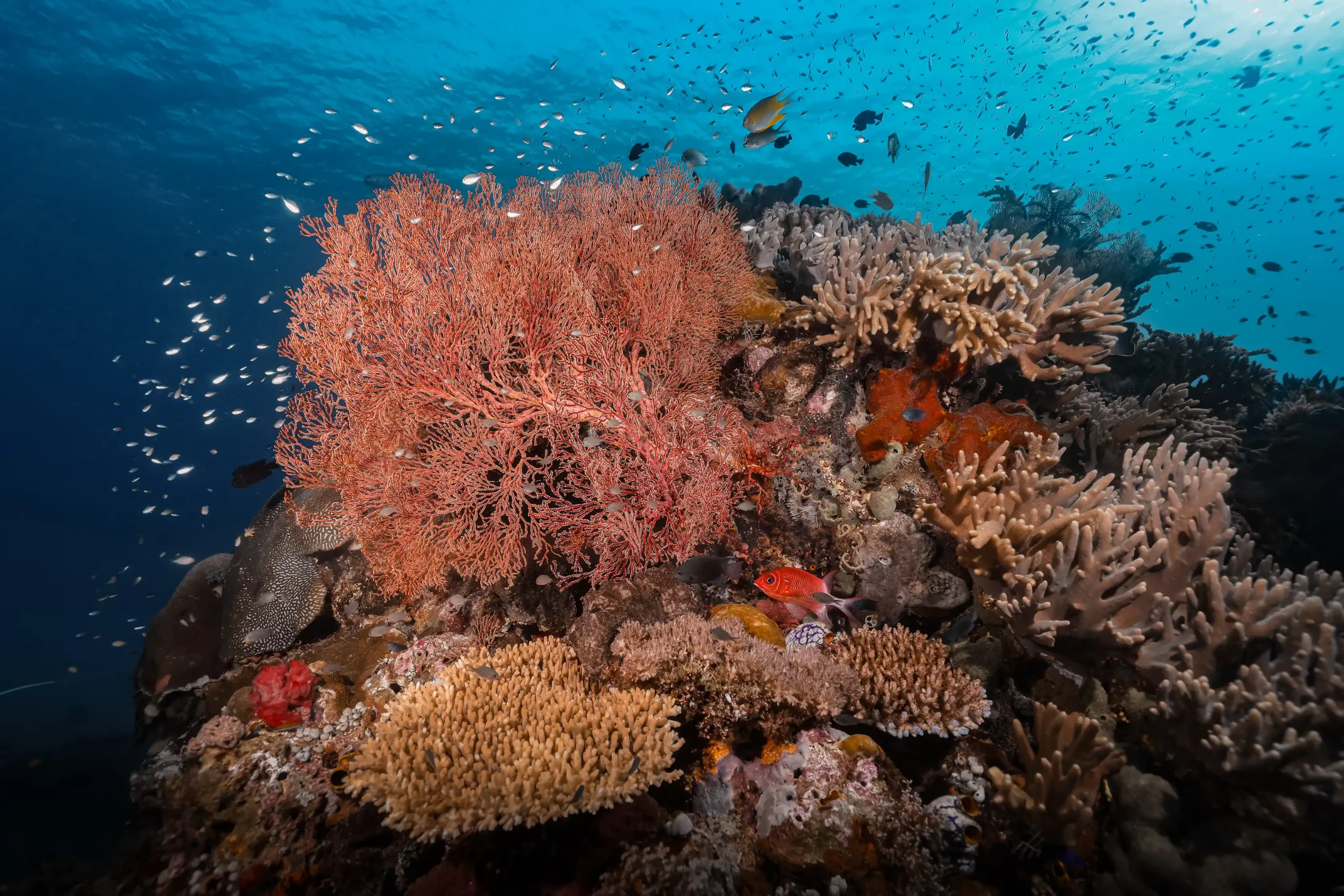
With it’s strong flowing currents and mostly year-round dry weather, Komodo National Park and the Komodo islands are our top pick for diving in Indonesia. Manta Rays can be seen here year-round, alongside some other giants like various whale species.
Komodo is also known for lots of Frogfish, a macro photographers dream subject. Above water too, the rugged dry grassy savannah landscape and giant Komodo Dragons will astound you.
Best season to visit
June to July. This is dry season, with the best underwater visibility and more predictable sea conditions.
Skill level required
Intermediate to advanced. Currents here can rip like a freight train; definitely not for the faint-hearted or newly certified.
Pro tips
Always listen to the briefing; this is current diving at its finest. Carry a DSMB and know how to use it. Drift with the flow, conserve air, and keep your head on a swivel; you never know when a manta or reef shark will glide past.
2. Raja Ampat
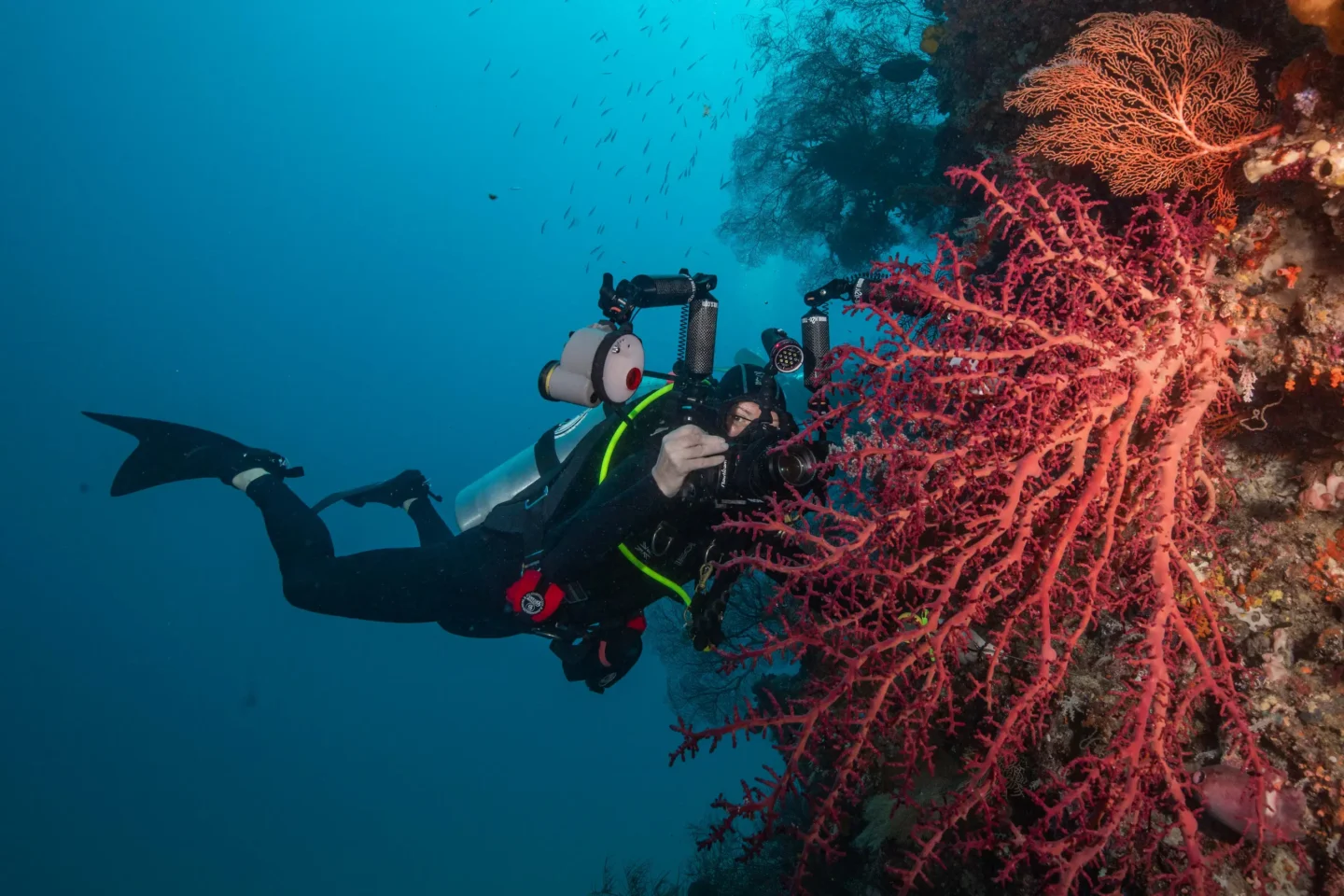
Raja Ampat is on every diver’s bucket list. Located in the heart of the coral triangle, this place literally has the highest marine biodiversity in the world. A single trip here can have divers tick off most of the species they have always wanted to see.
Manta cleaning stations are a plenty, as are the smaller things like Pygmy Seahorses. It’s remote so you need a bit more time to get here, but the effort is well and truly rewarded.
Best season to visit
October to April. Calmer seas, epic visibility, and the best chance for manta encounters.
Skill level required
Intermediate to advanced. The currents in Dampier Strait can surprise you, and you’ll want good buoyancy control around fragile coral.
Pro tips
Take it slow; this isn’t a place to rush. Invest in a wide-angle and a macro setup. Reef hooks come in handy, and night dives here are pure magic. Bring extra memory cards; you’ll fill them fast.
3. Nusa Penida
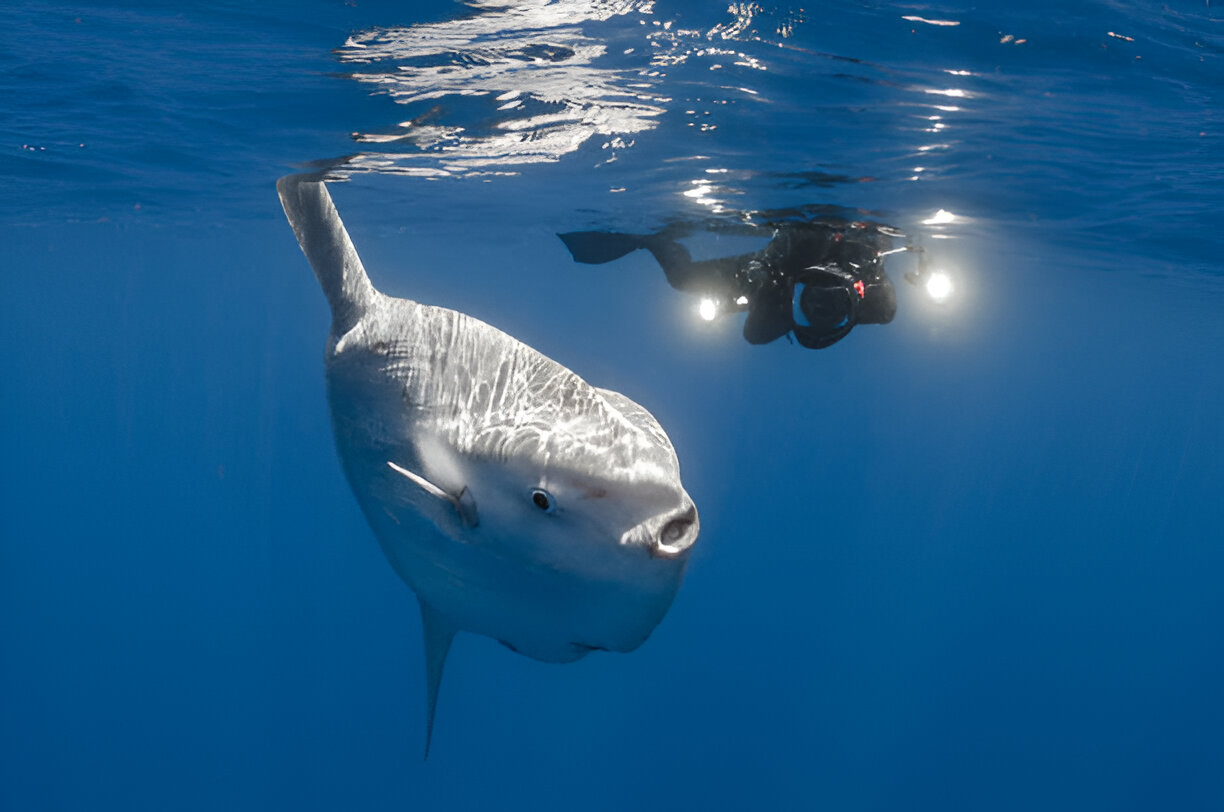
Nusa Penida is an island just 22 km from Bali. It’s just a short 45-minute boat ride to arrive at a location with amazing diving. At the right time of year cold southern current upwellings bring the Mola Mola or Giant Sunfish up into recreational diving depths.
The famous Crystal Bay dive site is one of the best places to see these amazing creatures, and a stunning below and above water dive location in its own. In addition, there are another 21 dive sites around the island, including Manta Point, a reliable site for viewing the gentle giants.
Best season to visit
July to October for Mola Mola sightings; April to November is generally good for diving overall.
Skill level required
Advanced. Thermoclines can drop the temperature fast, and surge or downcurrents are common.
Pro tips
Wear a thicker wetsuit; those thermoclines can bite. Stick close to your guide at Mola sites; spotting them takes timing and patience. Surface conditions can be rough, so watch your entry and exits.
4. Lembeh Strait

Located on the east side of the tip of North Sulawesi, the Lembeh Strait is world famous as one of the best macro diving destinations in the world. If you are into small critters, and especially if you are a macro photographer then this is one place you cannot miss.
Dark sandy bottoms make the perfect contrast for macro subject photography. And even if you are not a photographer, then you can enjoy this place by slowing down, focusing in and being amazed at the tiny little microcosm that these creatures exist in unbeknown to most people in the world.
Best season to visit
March to October is ideal, though Lembeh offers good diving year-round.
Skill level required
Beginner to advanced. Calm waters make this ideal even for new divers; if you can master patience and control.
Pro tips
Bring a macro lens and a guide who knows where to look. Dive slow, slower than you think. Many species are camouflaged so well you’ll swim past them unless you know the signs. Buoyancy is crucial to avoid stirring up the silty bottom.
5. Wakatobi
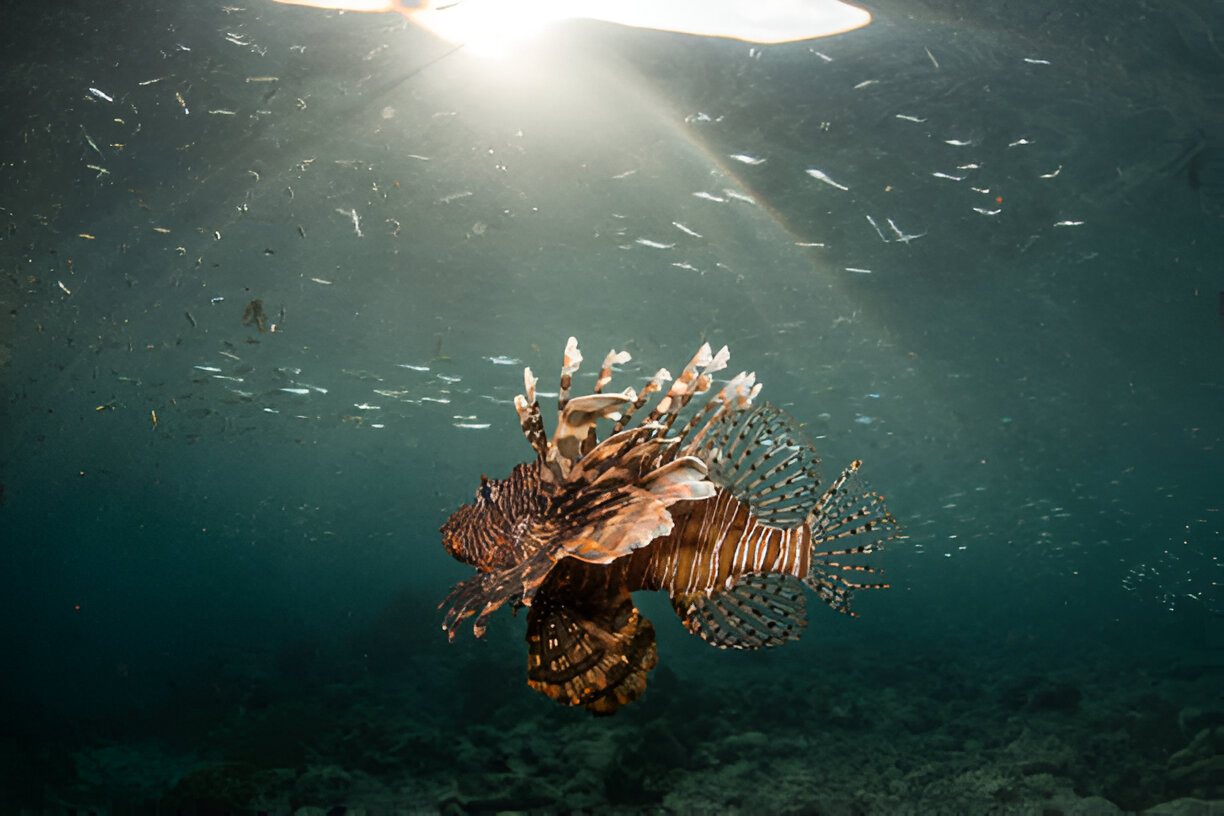
The islands of Wakatobi National Park lie on the eastern side of Southern Sulewasi. This place really looks like every ideal post card photo of a paradise tropical islands. With over 100 in the area, they all have white sand beaches, palm trees and pristine coral reefs awaiting you.
The main islands being Wangi-Wangi, Kaledupa, Tomia and Binongko can be explored either by liveaboard or from the Wakatobi dive resort. There are some truly spectacular drop offs and walls in this region, and all the reef is very well preserved.
Best season to visit
March to December. Avoid January-February due to rougher seas and heavier rain.
Skill level required
All levels. Most dive sites are gentle and accessible, with little current and stellar visibility.
Pro tips
Use natural light to your advantage; visibility is usually outstanding. Great for snorkelers too, so non-divers won’t feel left out. Ideal for photographers working on wide-angle reefscapes.
6. The Gili Islands
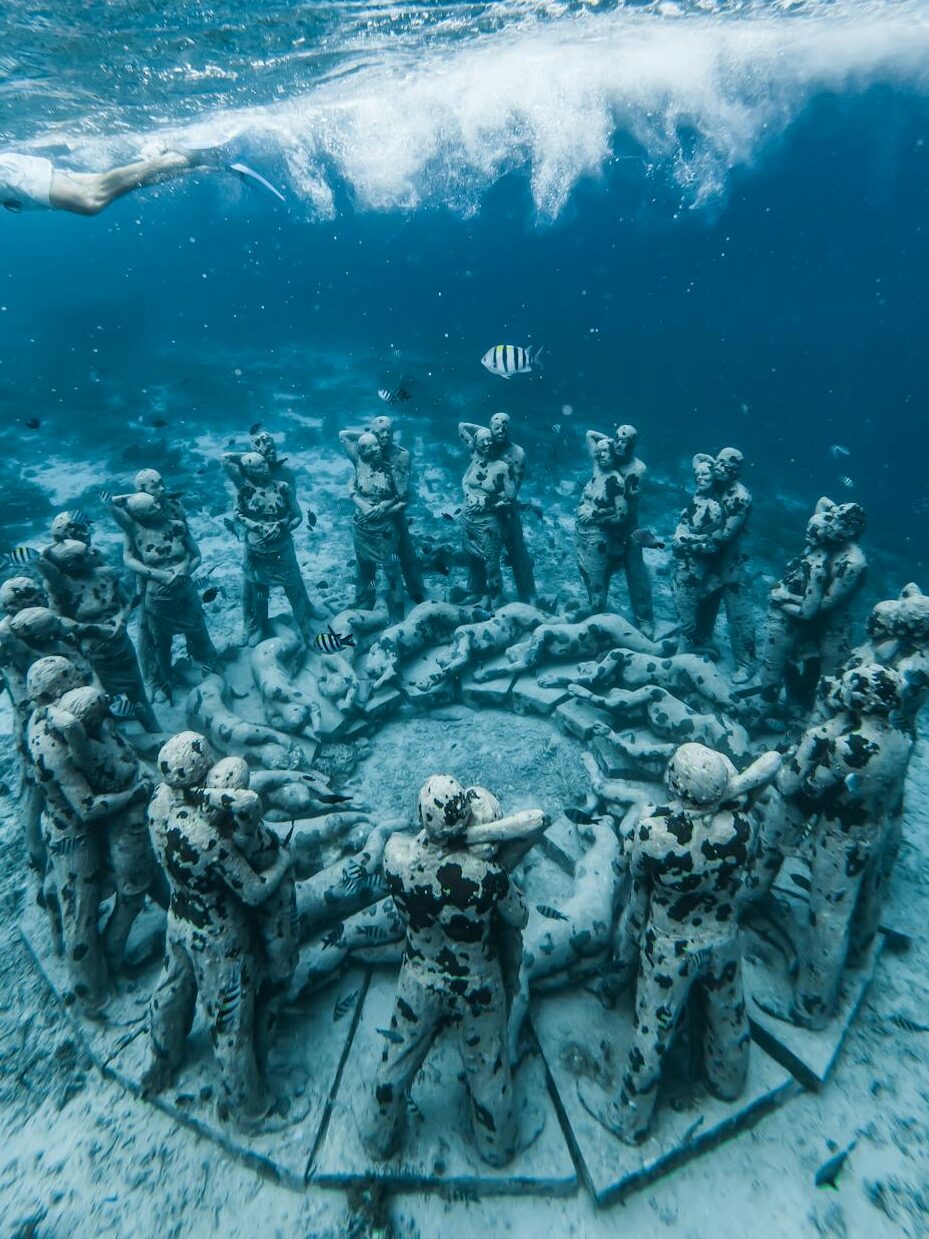
The Gili islands come in at our number 6 spot. Made up of 3 islands, Gili Trawangan, Gili Meno and Gili Air, each island has its own character.
Though they are so close that most of the dive sites are shared and can be dived from any of the islands that you stay on.
As a basic guide for the island culture itself, Gili Trawangan is the overcrowded party island, Gili Meno is the laid back but upscale island, and Gili Air is the sparsely populated family island.
Under the surface you can expect some decent current due to its proximity to the Lombok Strait, although there are some sites that are also nice and calm.
The area has a few wrecks and lots and lots of turtles.
As another little bonus if you want to go for a snorkel there is a cool little collection of underwater statues that the Bask beach club and resort have sunk just off the beach in front of their place on the west side of Gili Meno.
Best season to visit
May to October is dry season with best visibility; diving is possible year-round.
Skill level required
Beginner to intermediate. Some sites have current, but many are easy-going and perfect for training.
Pro tips
Avoid the mid-day rush at popular sites. Go early or later in the afternoon for more personal encounters. Night dives off Gili Air can surprise you with Spanish dancers and bio-luminescence.
7. Bunaken National Marine Park
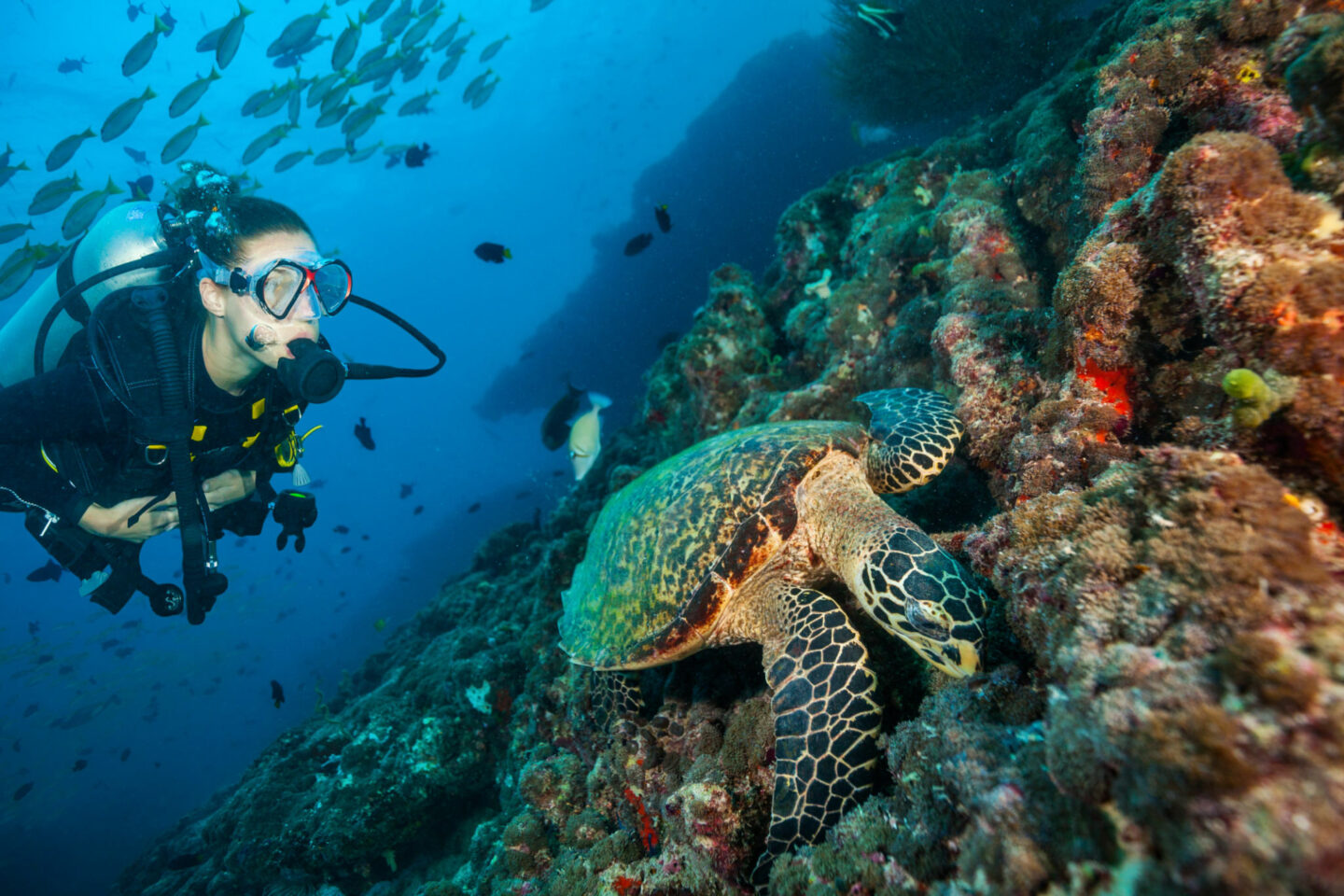
The Bunaken National Marine Park is a good year-round diving choice. The collection of islands is sheltered by the mainland of North Sulawesi, allowing decent conditions no matter what month of the year you want to dive.
Dive sites in the area take in Manado Bay, as well as the five main islands of Bunaken, Manado Tua, Mantehage, Nain and Siladen.
Head to the southern mangroves for a chance to see dugongs, something a bit rarer that divers don’t encounter that often in other places in the world.
Schooling fish are also plentiful on most dive sites which are a real treat for those underwater.
Best season to visit
April to October. Dry season means better visibility and calmer waters.
Skill level required
All levels. Bunaken offers something for everyone; from shallow coral gardens to deeper walls for advanced divers.
Pro tips
Spend time on the walls; look out into the blue for pelagics. Take a moment to explore the mangroves on the surface interval; they’re teeming with life. Bring a torch for crevice peeking; you’ll be amazed what hides in plain sight.
8. Bali
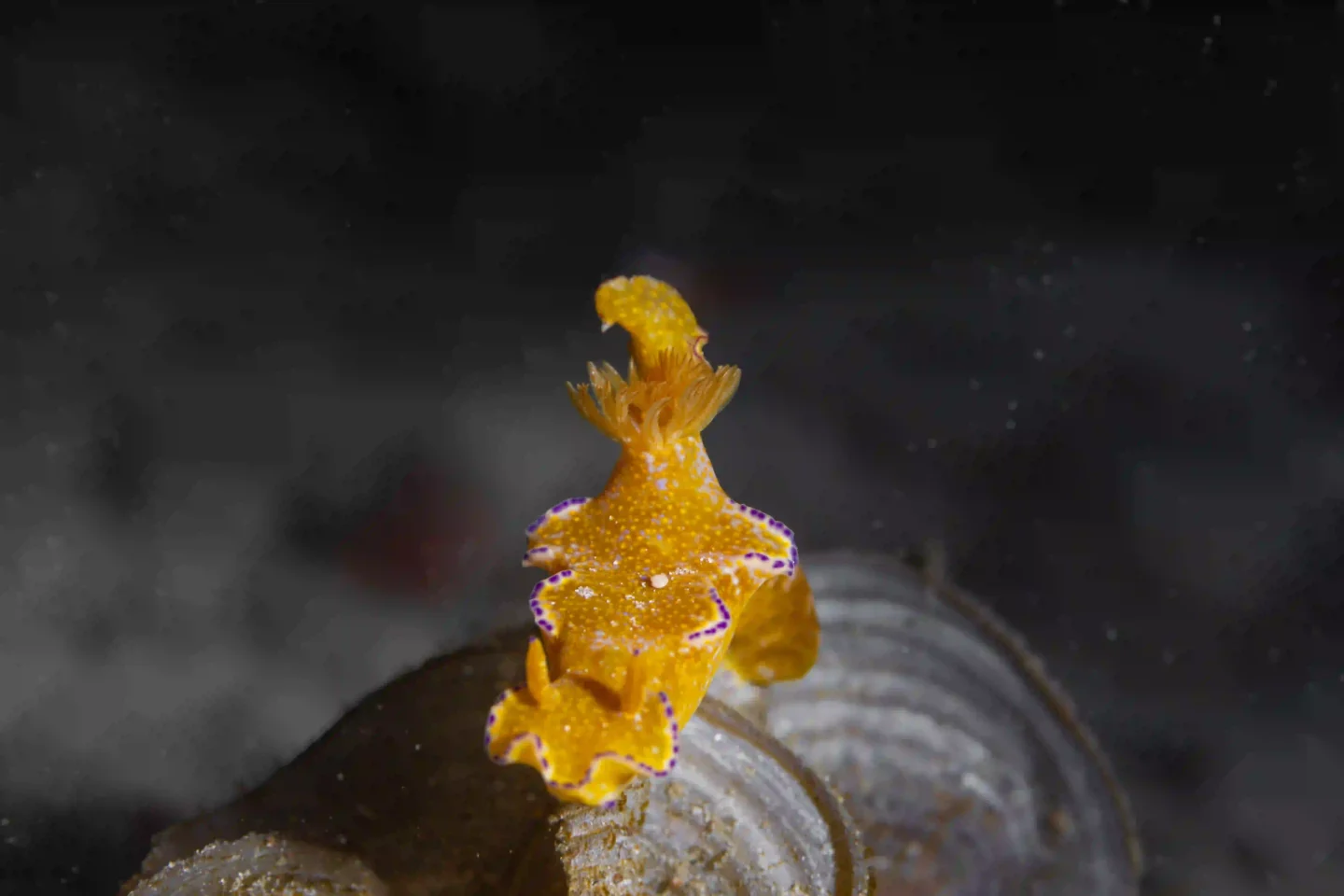
Bali has to be the most iconic of Indonesia’s holiday destinations and also has the highest density of dive shops.
The most popular dive spots around the island are Padang Bai, Amed, Pemuteran, Menjangan Island and Tulamben. Probably the most famous and the top pick of these is the USS Liberty wreck in Tulamben.
The 1942 World War 2 shipwreck was once beached on the shores of Tulamben, before a volcanic eruption in 1963 swept it out to its current location under the sea. In the 60 years that have passed, the wreck has become an oasis for marine life and coral growth.
Best season to visit
April to November. These months bring the best conditions across Bali’s dive sites.
Skill level required
All levels. Bali is great for beginners and seasoned pros alike, with dive centers everywhere.
Pro tips
Don’t skip the Liberty wreck; it’s one of the easiest and most rewarding wreck dives in the world. Night diving here is surreal. If heading to Amed or Menjangan, plan to stay a couple nights; less transit, more bottom time.
Final Thoughts
Indonesia isn’t just a dive destination; it’s the kind of place that rewires how you see the ocean. One moment you’re drifting past a manta the size of a minivan in Komodo, the next you’re squinting through your mask at a pygmy seahorse clinging to coral in Lembeh. Every region, every reef, every current tells its own wild, salt-stung story.
You could chase the Mola Mola through the chill currents of Nusa Penida, or float weightless above Wakatobi’s technicolor walls. You might find yourself hypnotized by schooling fish in Bunaken or shooting your last memory card full in Raja Ampat, where the reefs burst with more life than anywhere else on Earth.
What’s the best dive spot in Indonesia? That’s like asking which star burns brightest. The truth is, it depends on who you are as a diver; and who you want to become.
Maybe you’re chasing big pelagics. Maybe it’s critters and macro magic. Or maybe you just want to drop off the grid, sink below the surface, and remember what wonder feels like. Whatever your reason, the answer is the same:
Pack your gear. Book the liveaboard.
Indonesia is waiting, and it doesn’t do ordinary.

